🇹🇿 Powering Tanzania's Future: Promise of Agrivoltaics
Our Agrivoltaics project combines solar panels and agriculture to bring sustainable electricity access. Discover our journey and the promise of a brighter, greener future.

I have reached my final month. Time has gone soo fast.
Despite the end nearing, my wife and I wanted to ensure we achieved our final goal of kick-starting our solar panel project.
Best I start by explaining the project, then move to our research, the site visit, & our current progress.

The dream
In 2006 I spent three months in Tanzania. During that time, electricity in the country wasn't consistent. It was usual for an electrical blackout for 10 - 15 hours during the day, and people adjusted their lives to the inconsistency. At the time, I always wondered what caused the blackouts. Living my whole life in London, I was accustomed to constant electricity.
Not having constant electricity had a detrimental effect on the country—no power for lights, home appliances, and critical hospital equipment. Not having a stable supply of electricity has a crippling impact on a country since the lack of certainty doesn't allow for the future-term planning of a nation. Every day the government is fighting new fires, unable to attend to the needs of the nation's future.
Looking at the situation, I thought, why not think about how to solve the issue? I didn't have a solution then, but after my time in Tanzania, I returned to London to discover a solution. It was only when I was aged 16/17 that I thought solar panels could be the answer. From then on, I focused on uncovering solar panel projects related to powering entire nations.
Fortunately for me, my wife had the same dream and ambition. With my wife in the picture, it gave me that extra drive to find more practical solutions to get this project off the ground.
Research
In December 2021, my research into solar panels led me to a Youtube (YT) video about Agrivoltaics.
Agrivoltaics refers to a practice for the simultaneous use of land for agricultural food production and solar panel electricity production. Both work in unison with each other, the water vapour produced from the agriculture underneath the solar panels cools the panels from overheating. And the solar panel above provide shade to agriculture to maximise growth and water efficiency. As soon as I watched the YT, I thought it was a win-win.
But I wasn't entirely convinced because many case studies and trial projects were in Europe and Asia, which were not great reflections of how the project would fair in an East African climate. In January, all praise to Allah, I found a research paper on a trial project of Agrivoltcas in Uganda, Kenya, & most importantly, Tanzania.
Once I read the research paper, it reinforced my belief that this project is possible. The paper and the corresponding YT threw me into a new world. Through the paper, I learnt about other successful projects in the continent of Africa, the main one being in Mali. Such examples gave me further encouragement. Once I was convinced this could happen, I began reaching out to all involved in the paper.
I didn't hear back from anyone for about one-two months. This isn't a fairytale.
Afterwhile I thought to change up my strategy. I began reaching out through LinkedIn & Twitter. Twitter wasn't successful, but LinkedIn proved to be the best platform. I contacted the Project Engineer of the Centre for Research in Energy and Energy Conservation in Uganda. She was fantastic. She gave me insight into the start-up costs and business models related to her project in Uganda, as well as things to think about regarding the project I want to start in Tanzania. Furthermore, she orchestrated the connection between myself and Sustainable Agriculture Tanzania.
This was the breakthrough I needed.
Site visit
Sustainable Agriculture Tanzania (SAT) is an organisation focused on developing the agriculture scene within Tanzania via training and technological development. Lucky for us, they were used as the test site for the Agrivoltics project in Tanzania. Once we reached Tanzania in February, we prioritised contacting the project manager and organising a visit, and we managed to get a date for late July. The only problem the site was in Morogoro, which is a four-hour journey from Dar Es Salaam.
Come July we organised ourselves for the trip. We hired a driver to leave Dar at 08:00. We arrived at the site at 13:00. Once we reached SAT, we waited to meet our point of contact. Whilst waiting, we managed to get a hold of one of the project assistants on the site. He informed us of the current project start-up costs, the contractors involved, the challenges they faced, the amount of electricity they produce, and the potential of Agrivolatics in the country. It was an extremely positive conversation. We managed to get photos of the site.
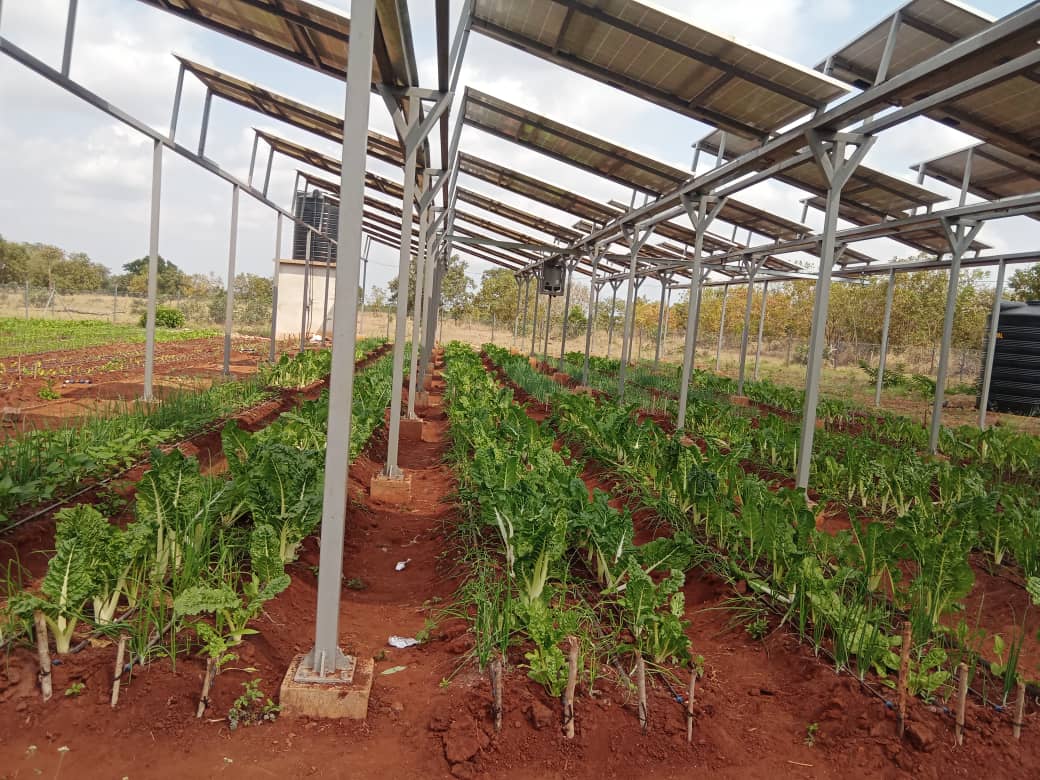
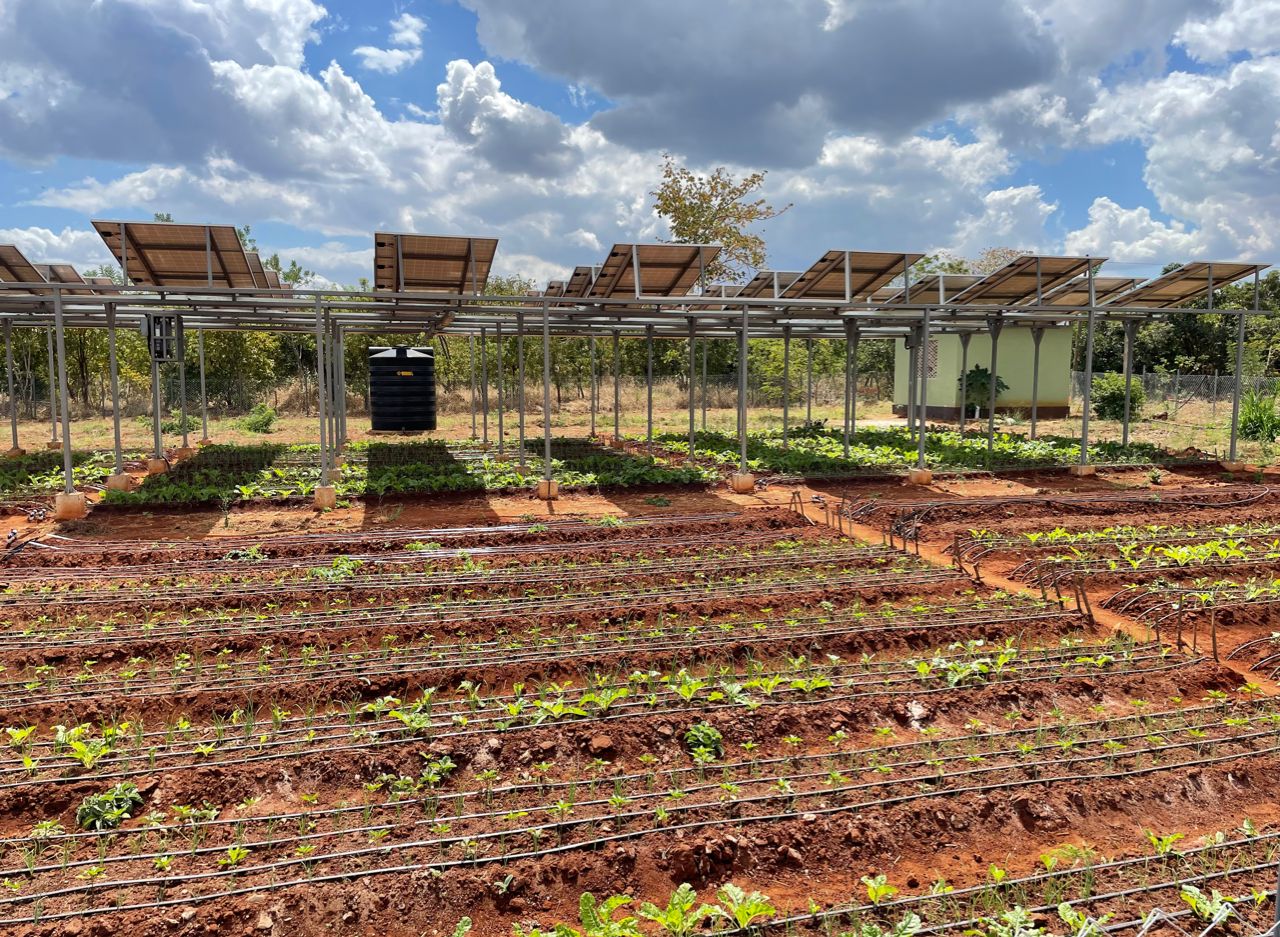
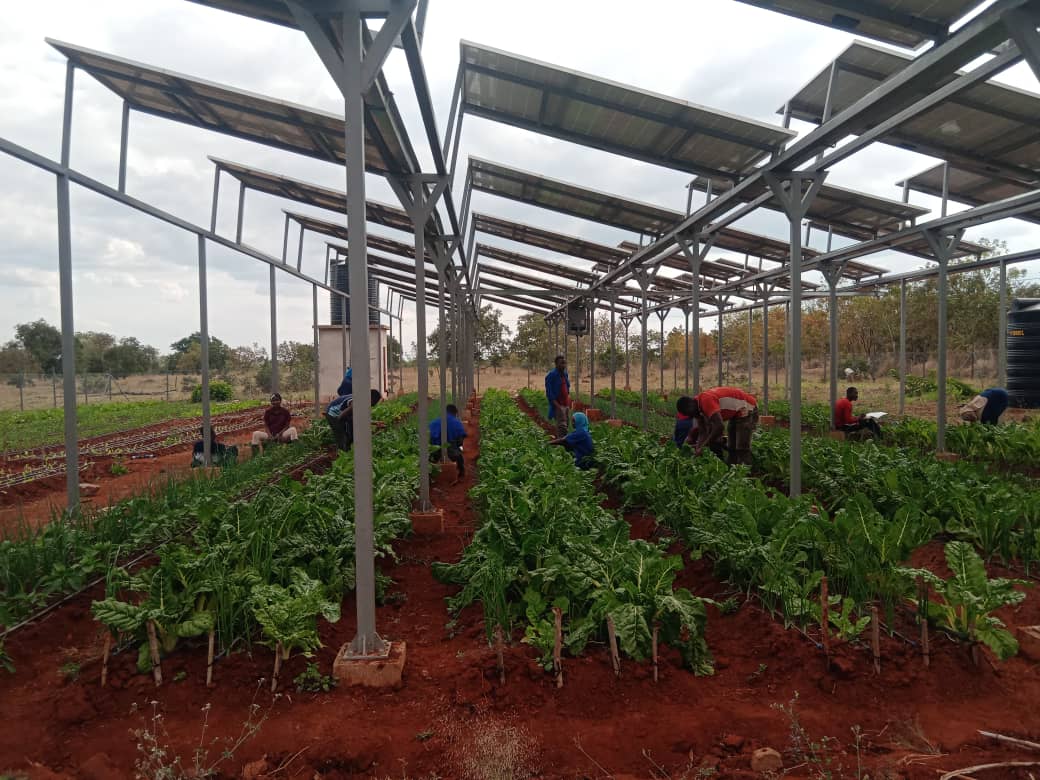
Once we finished our talk, the project manager was still unavailable, which was a slight disappointment since we couldn't physically see the site. Meh, with all the information we gathered and meeting other people involved in person, it was a decent trip.
Once we left the site, we decided to visit the plot of land that could be used to start our project. It was a bit of a trek; It took one hour to reach the plot of land. The plot of land was approximately ten acres but required surgery.
Once we finished surveying the land, we made our way back. Funnily whilst coming back, a tracker got stuck on a makeshift bridge which was fun.
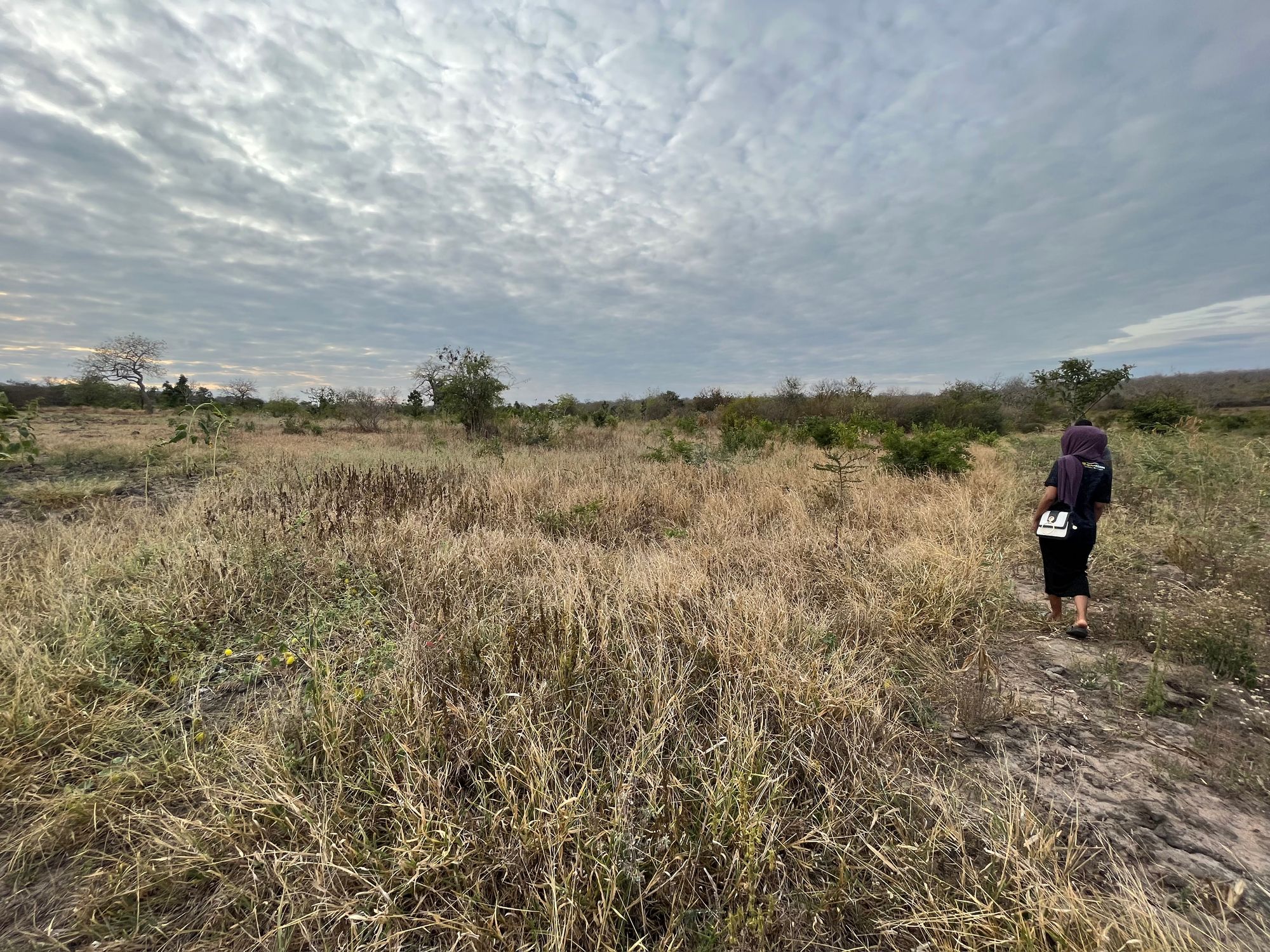
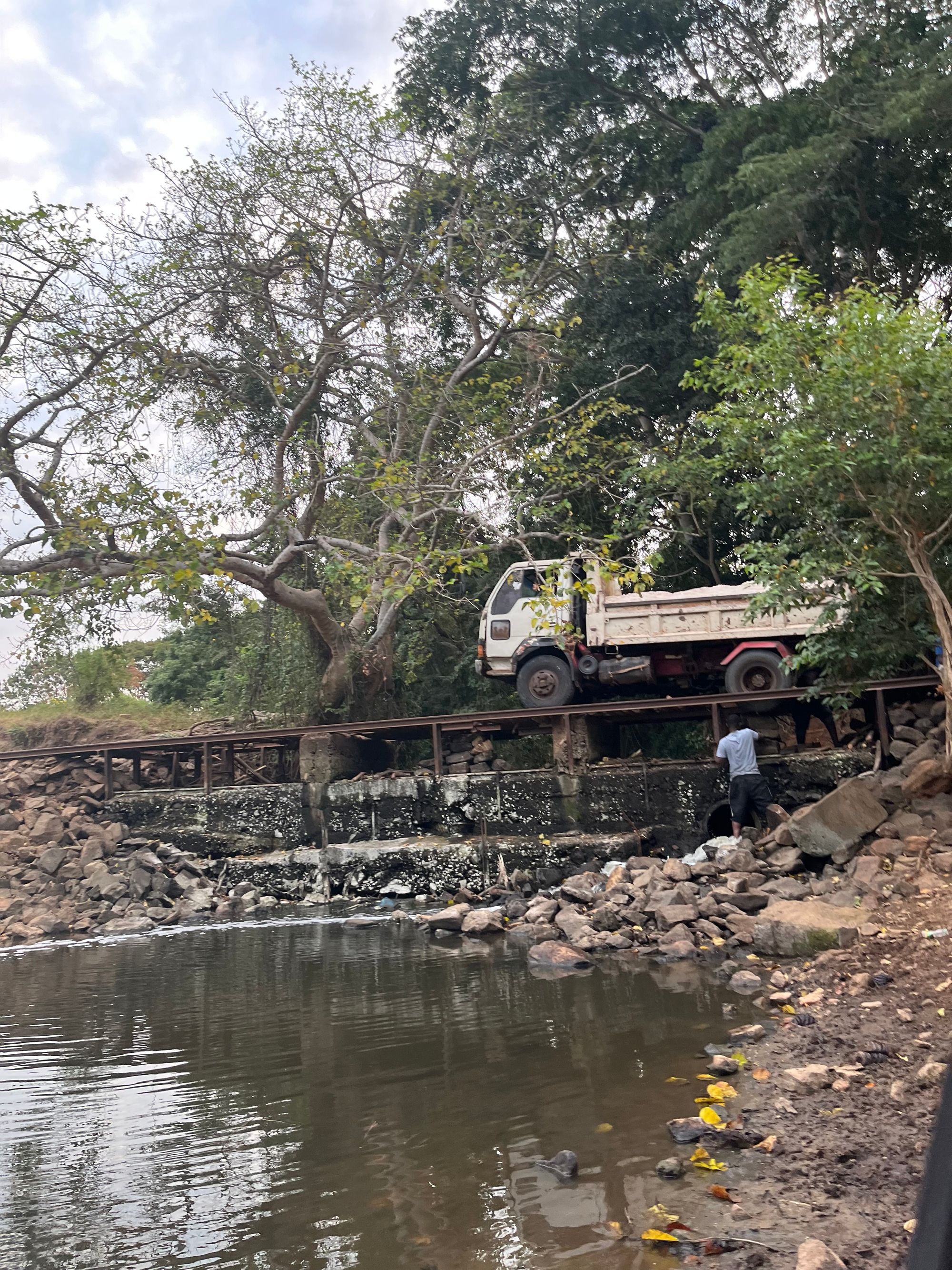
Overall, the visit was informative and cemented our belief that we could make the project a reality.
Forward-looking
Once I arrived back in the UK, I researched the leads I was given to understand costs better. I put all the information on a presentation slide. I hope to share this soon with the hope of attracting people with the right expertise to further of mission.
My hope is after reading this and watching my proposal, you'd be able to provide us with some helpful feedback and spread the word to those you feel could help in any way possible.
The Agrivoltaics project is just the start; greener, sustainable living is necessary for the current and future. I'm just trying to do my part in propelling the future of Tanzania to create a platform of success for future generations.
💞 Enjoy the read?
Forward to a friend and let them know what you found most interesting (plus tell them to subscribe here)
Anything else? Hit me up on my socials to send feedback or say Hello
Love ✌🏾